A
COLLAR
WELL WORN
WORLD-WIDE MINISTRY
Rev. Paul F. McDonald
Copyright 2017 Rev. Paul F. McDonald.
All rights reserved. No part of this publication may be reproduced, stored in a retrieval system, or transmitted, in any form or by any means, electronic, mechanical, photocopying, recording, or otherwise, without the written prior permission of the author.
ISBN: 978-1-4907-6992-9 (sc)
ISBN: 978-1-4907-6993-6 (hc)
ISBN: 978-1-4907-8154-9 (e)
Library of Congress Control Number: 2017903691
Because of the dynamic nature of the Internet, any web addresses or links contained in this book may have changed since publication and may no longer be valid. The views expressed in this work are solely those of the author and do not necessarily reflect the views of the publisher, and the publisher hereby disclaims any responsibility for them.
Trafford rev. 08/15/2017
 www.trafford.com
www.trafford.com
North America & international
toll-free: 1 888 232 4444 (USA & Canada)
fax: 812 355 4082
Dedica tion
To my father Joe McDonald Sr.
To my brothers Joseph McDonald Jr. and Wilfred McDonald
To many relatives and friends who served in the military. My uncles and cousins who served in World War 1, World War 2, Korea, Vietnam and to the recent military assignments to continue to help us keep America free.
To all the fond memories and the special friendship shared with Archbishop Emeritus Daniel W. Kucera, OSB, Dubuque, Iowa.
CONTENTS
The military chaplaincy was not on my career horizon when in 1947 I graduated from Loras College in Dubuque, Iowa, at the sophomoric age of twenty. Unwittingly, the road to the priesthood may have started during my early years in the St. Raphaels Cathedral Boys Choir and at Loras College Academy where I was a member of the Vested Choir, both directed by Father Emmett Kelly. He encouraged several of us to open our minds and hearts to a call from God to the priesthood. There were times when I probably fantasized as an altar server what it would be like to be a priest like my cousin, Father Cyril Reilly, or like one of the assistant pastors at the St. Raphaels Cathedral parish in Dubuque for whom I served Mass: Fathers Bob Cooney, Charles Lawler, or Paul Evans. The sisters who taught in St. Raphaels grade school certainly were huge influences on many of us. Where would we Dubuque south-enders have ended up without the strict discipline, persuasive encouragement, and prayers of the Sisters of Charity of the Blessed Virgin Mary: Jeanne de Chantal, Rosario, Austine, Leonilda, and Ursulina! Our seventh and eighth grade teachers guided us in our spiritual awakening and development. They reminded us about graduating from St. Raphaels grade school. Remember, you are our St. Raphaels Cathedral parish representatives when you set foot into Loras Academy. Its a prestigious school. Remember your roots here in Old Dublin, and someday, you will want to reach out to help Gods people who have struggled in so many ways just like your parents have done or are doing. The sisters often walked in pairs past our home on lower Dodge Street, about three blocks from their convent. Dad was always pleased when they stopped by our house to offer a prayer for my mother who, I was told, was very close to returning to the Lord. Such words were beyond my understanding since I was about to celebrate in a very subdued manner my fifth birthday.
Many of us students attended the 8:15 a.m. childrens Mass in the Cathedral chapel, and since I lived a few blocks away, I hurried home for breakfast in our home on lower Dodge Street that my older brothers Wilfred, Joseph, and I shared with our dad. Breakfast consisted of heated leftover oatmeal on the gas stove and a slice of toasted bread with peanut butter. Seldom did I eat alone! The long depression of the 1930s forced millions of out-of-work men to ride the freight trains to try their luck elsewhere because they had no prospects for employment in their hometowns. In Dubuque, they came from the freight yards that stretched along the Mississippi River, six blocks from our home, to beg for food going door-to-door. Some people called them hobos, but they were mostly unskilled men out of work with no hope for employment during a severe depression. When one came to the back door as I was eating breakfast, I would talk through the latched screen door and tell him to sit on the porch step while I made a peanut butter sandwich and poured a cup of coffee for him. Maybe this humanitarian concern for people was a seed the Lord planted in a young mind like mine, to serve him, by serving the least of his brothers.
Faculty members of Loras Academy undoubtedly influenced the vocational direction of many of us who, from our limited perspective, projected prototypes of the ideal priest: men like Luke Striegel, John Sims, Clarence Friedman, and Warren Nye. In the 1940s, Catholic high schools in Dubuque were single-sex except for St. Columbkille parish high school. Other girls attended one of three female academies while the boys attended Loras Academy where they were required to wear a uniform three days a week for a structured ROTC training program with disciplined drills and marching, made tolerable by an annual military ball. We connected freely for social events as most of us had made friends while attending one of the six parochial grade schools attached to the parish to which we fiercely claimed as our own. During World War II, a few of us went to summer school in an accelerated program that while difficult, was less costly than the four-year college program. Student enrollment for Loras College quadrupled in 19461947 when military veterans returned from active duty following World War II.
Millions of veterans eagerly pursued a free college education guaranteed by a grateful nation because of the Servicemens Readjustment Act signed by President Franklin Roosevelt in June 1944. Four uncles, who returned from serving in World War I, were pleased to hear about the new GI Bill for returning veterans that granted free education and other benefits. Such action by our congressional leaders and President Roosevelt helped neutralize bitter memories of the shameful treatment veterans had received after the November 11, 1918 Armistice when upon returning home, they found themselves unemployed and destitute. During college years, I worked after classes in the Loras Business Office for Father George Stemm and his able sidekick, Mike ODowd, in billing the government for books and supplies acquired at no personal cost by the GIs at the Keane Hall bookstore. Father Kenneth Downing was a very approachable Greek teacher, as well as an artisan who occasionally invited me to accompany him to a rural parish in Clermont, Iowa, where he was reconstructing some sanctuary furniture for his good friend and local pastor, Bob Cooney. When asking them about my attraction to the priesthood, each in his own way advised that God may be calling you ever so gently through his Holy Spirit. Whatever he has in mind for you, we and other priests are here to guide you in your journey.
I moved on campus into Keane Hall of Loras College for my last two years of college where I joined other students, including recently returned GIs, experiencing living a more disciplined lifestyle with like-minded students. Together we had the opportunity to participate in morning Mass and join our peers in prayer as well as collegiate meanderings in the pursuit of knowledge. Additional study of several American and World History courses led to a Bachelor of Arts degree in American History. Monsignor Sylvester Luby, a gracious mentor, guided me in writing a thesis, Woodrow Wilson and the League of Nations. Following four years of major seminary formation in St. Paul, and ordination to the priesthood in 1951, I served as an assistant pastor in two Dubuque Archdiocesan parishes. While waiting to begin training for the Air Force chaplaincy, I was assigned to a third parish in Marshalltown, Iowa, where my love for history was rekindled by teaching world and American history as well as religious studies in St. Marys High School, prior to entering the Air Force in September, 1959.
Next page
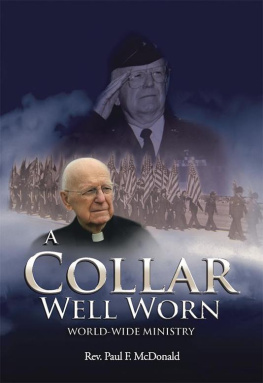
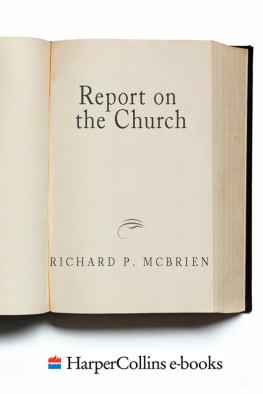

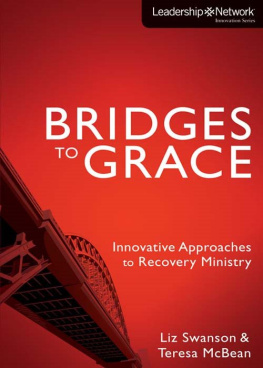
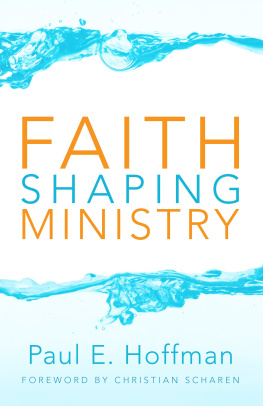
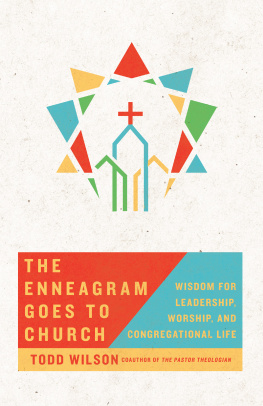


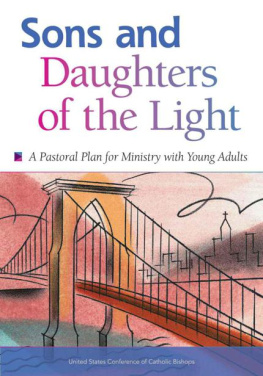
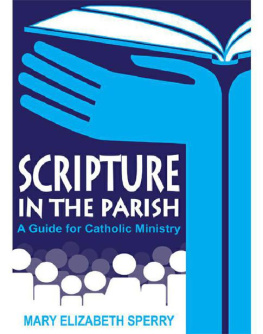
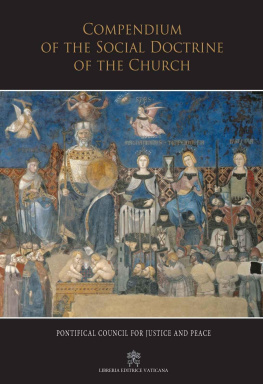
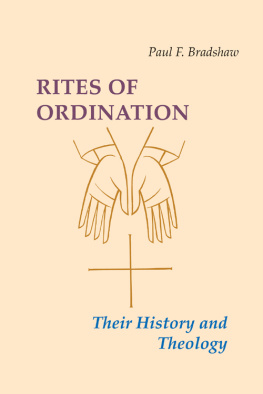
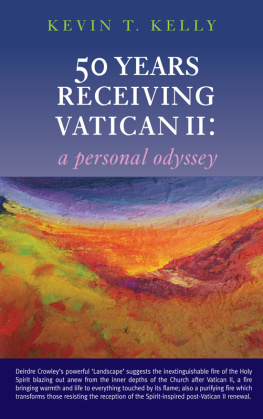
 www.trafford.com
www.trafford.com